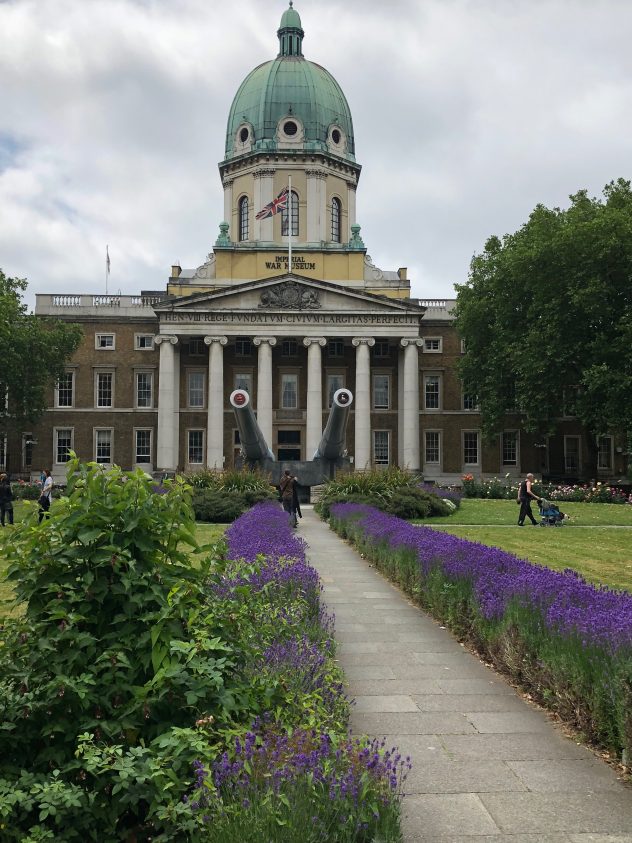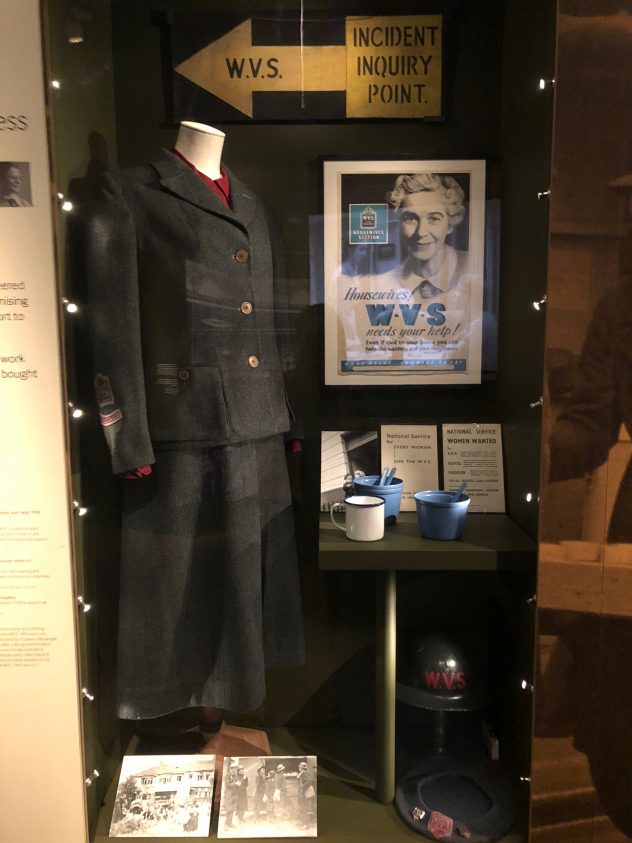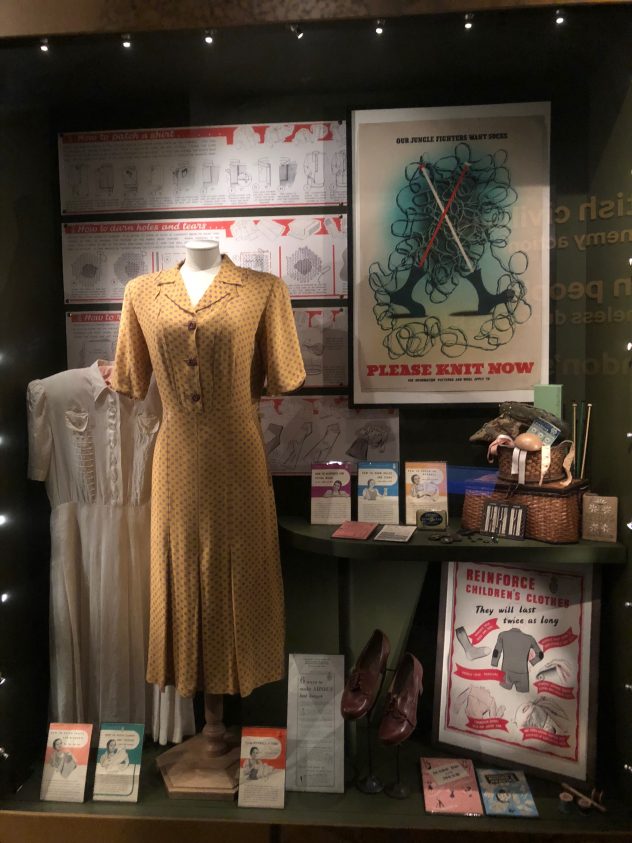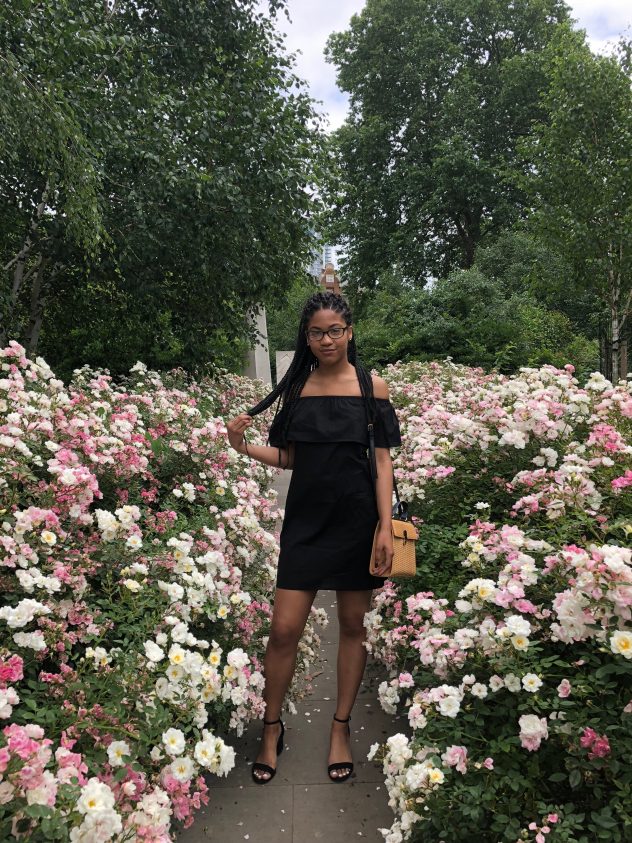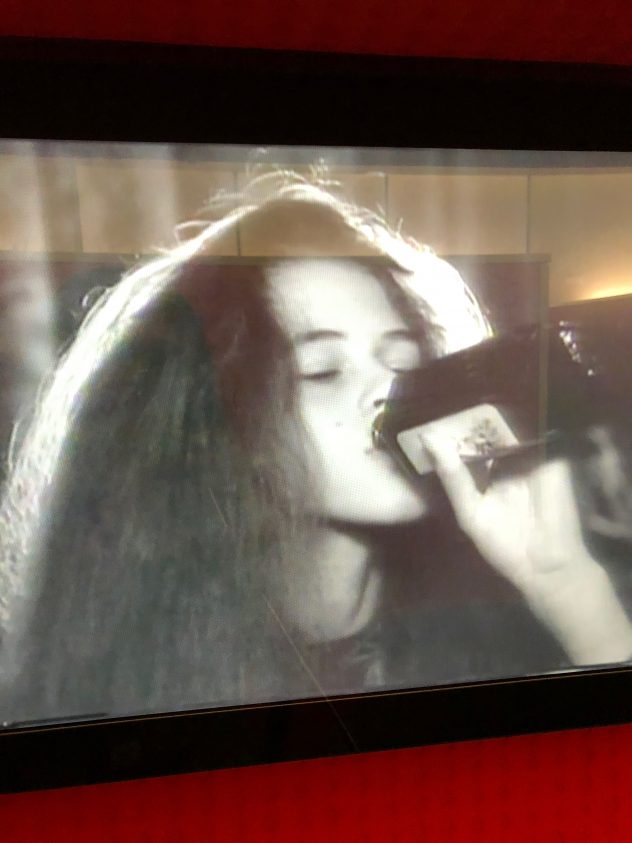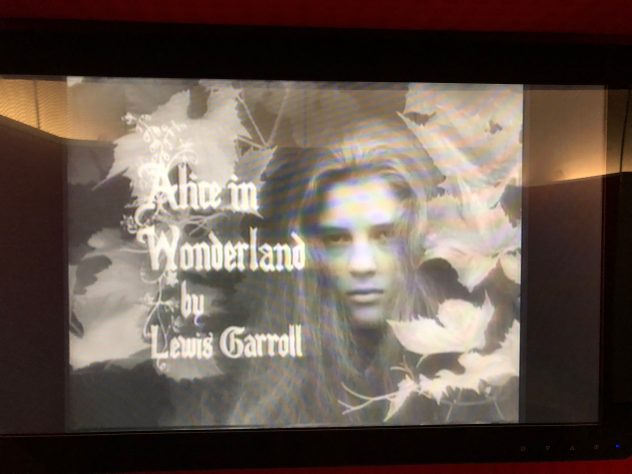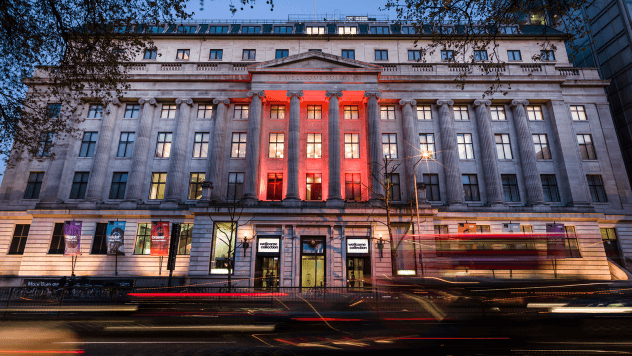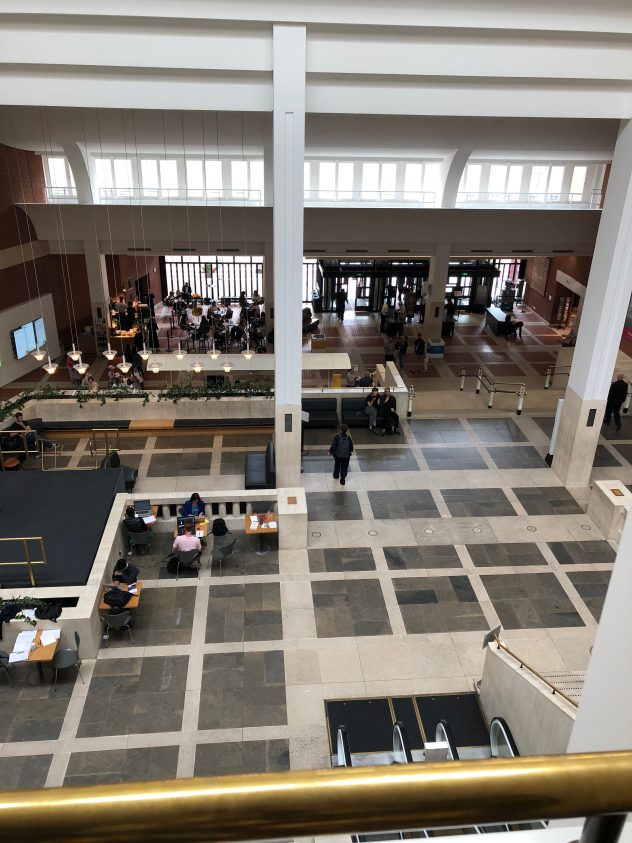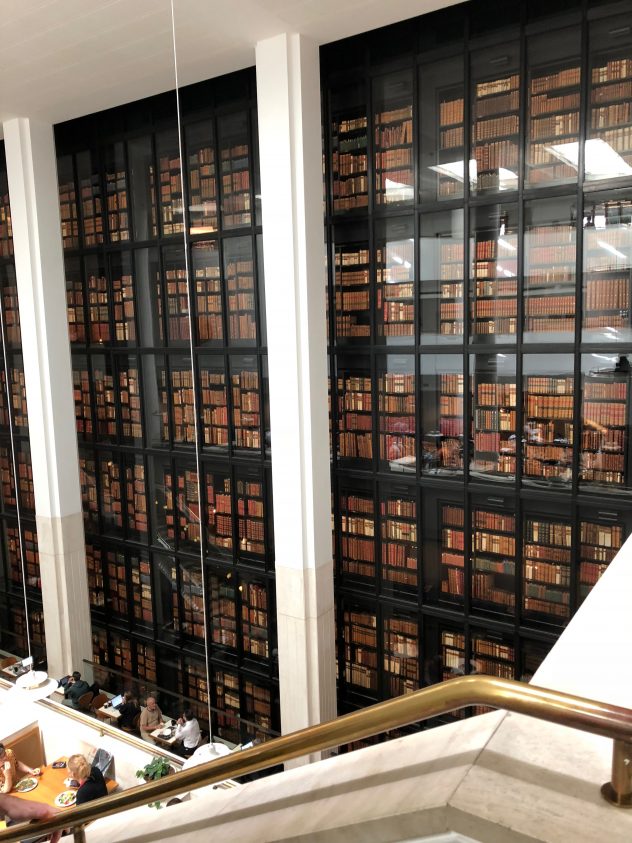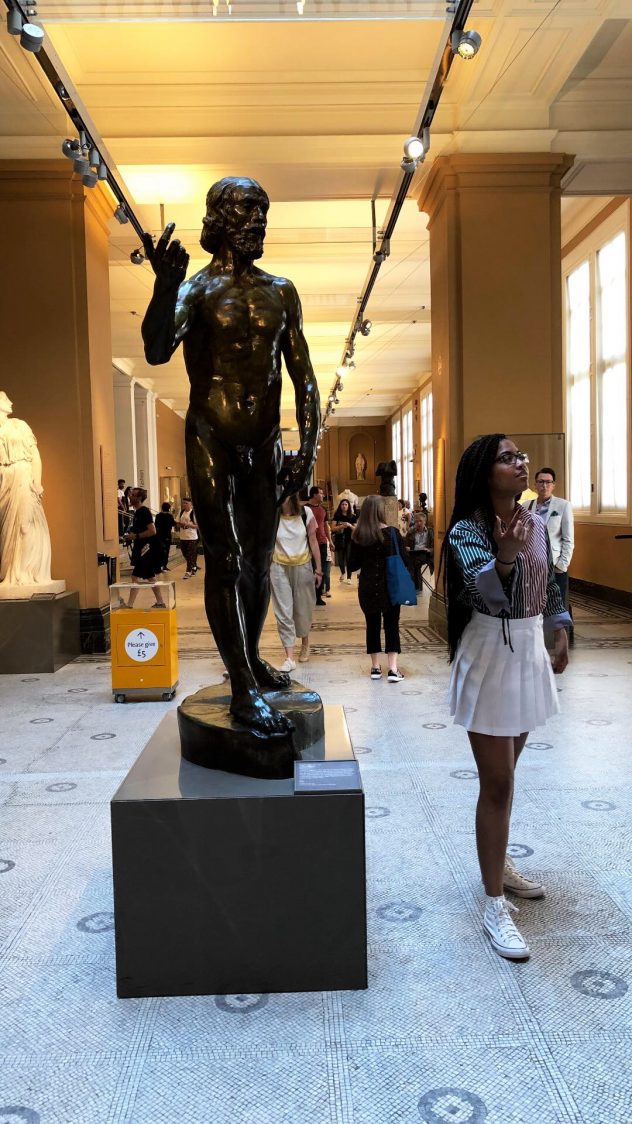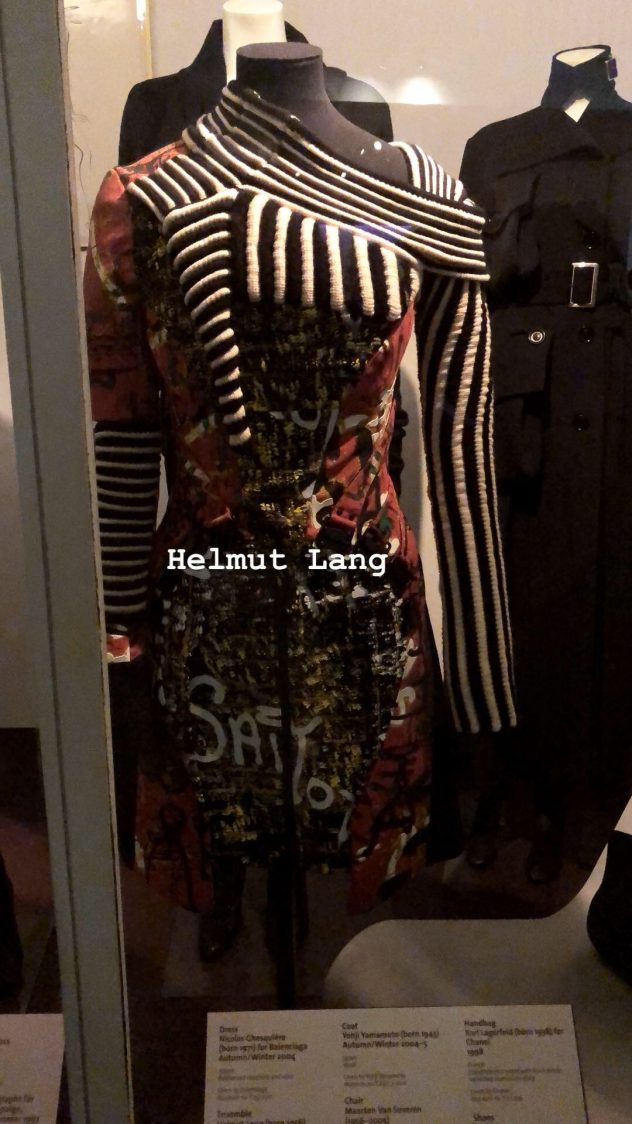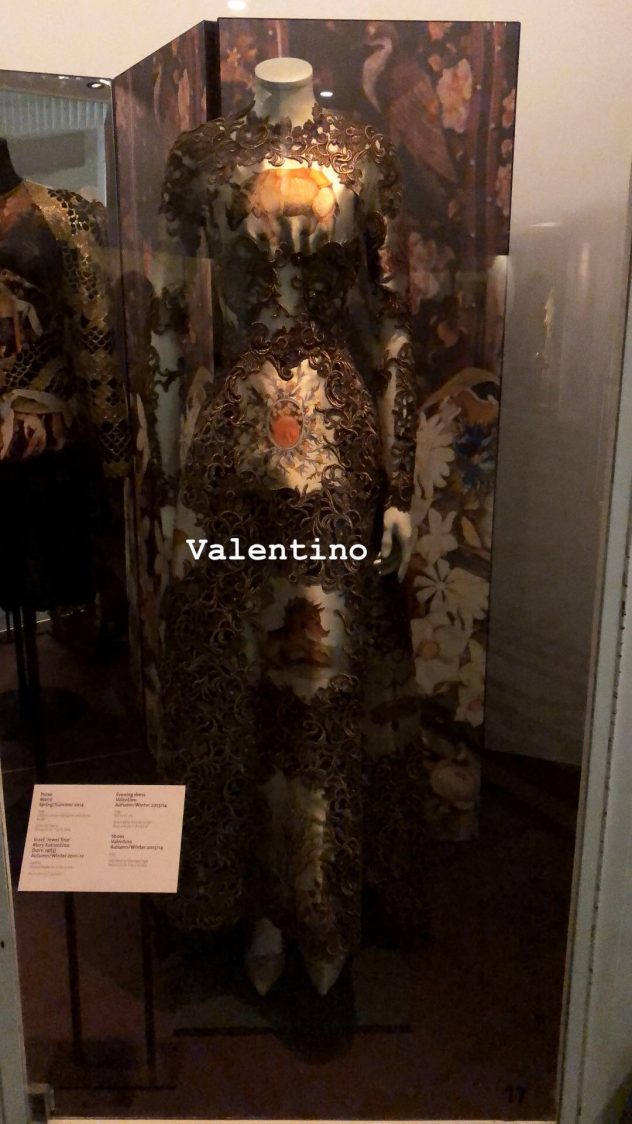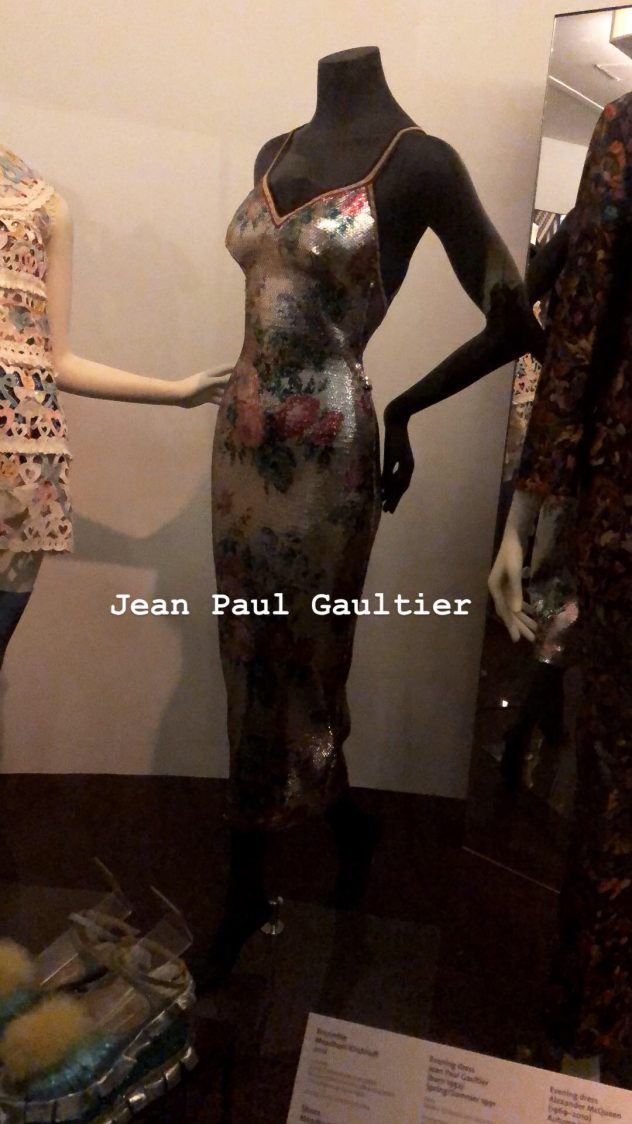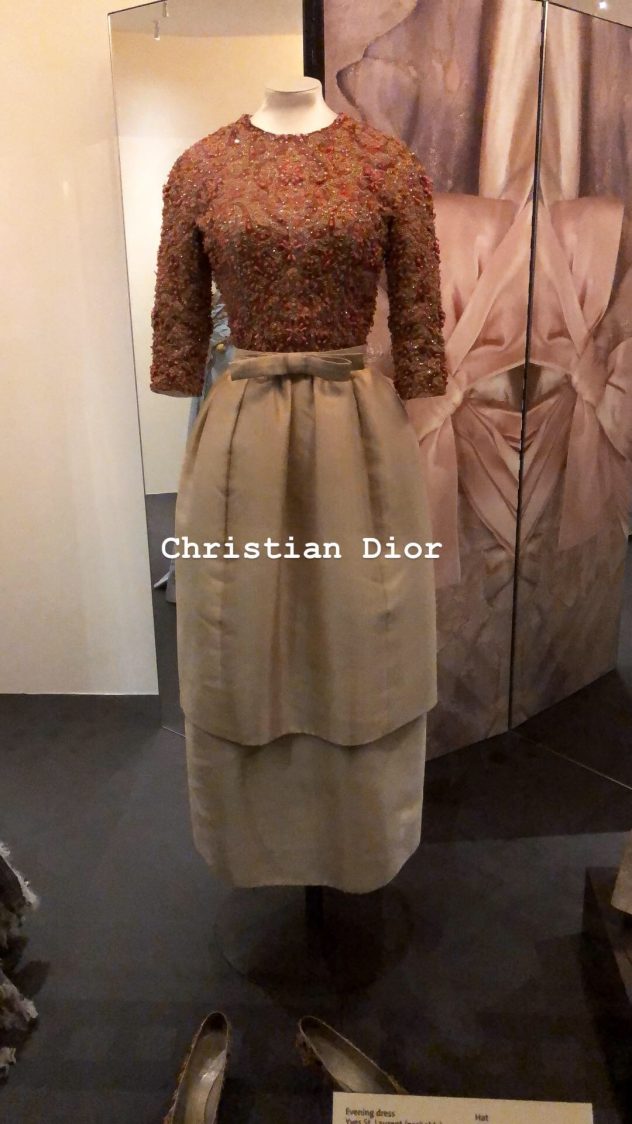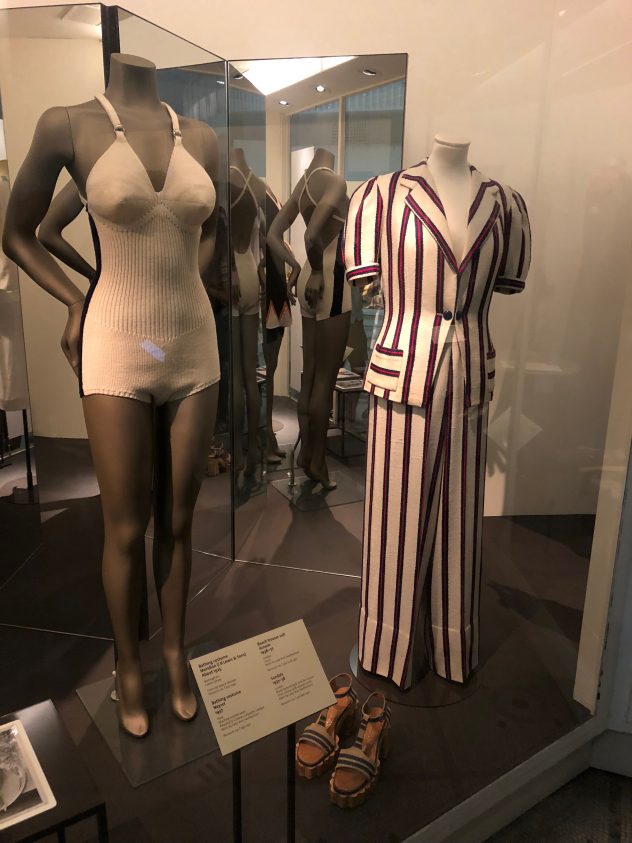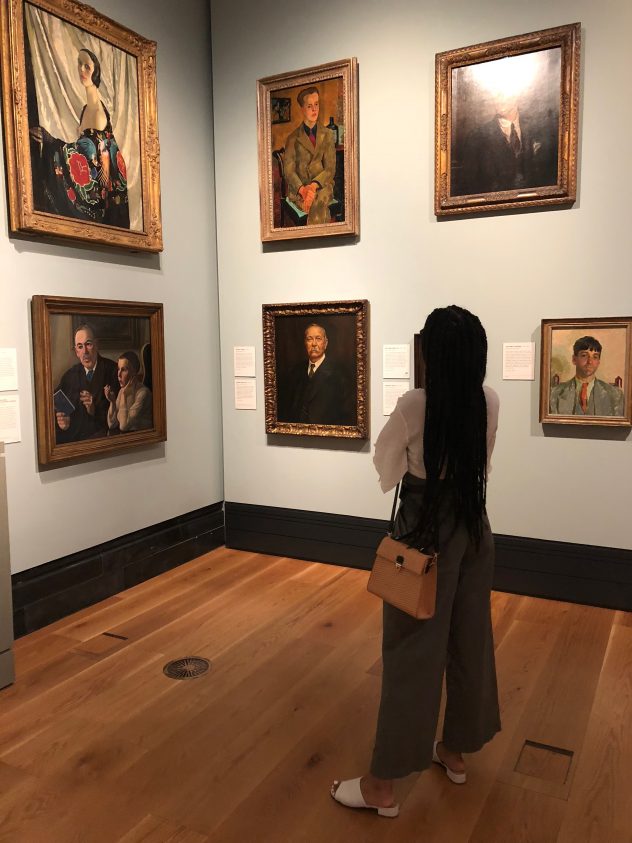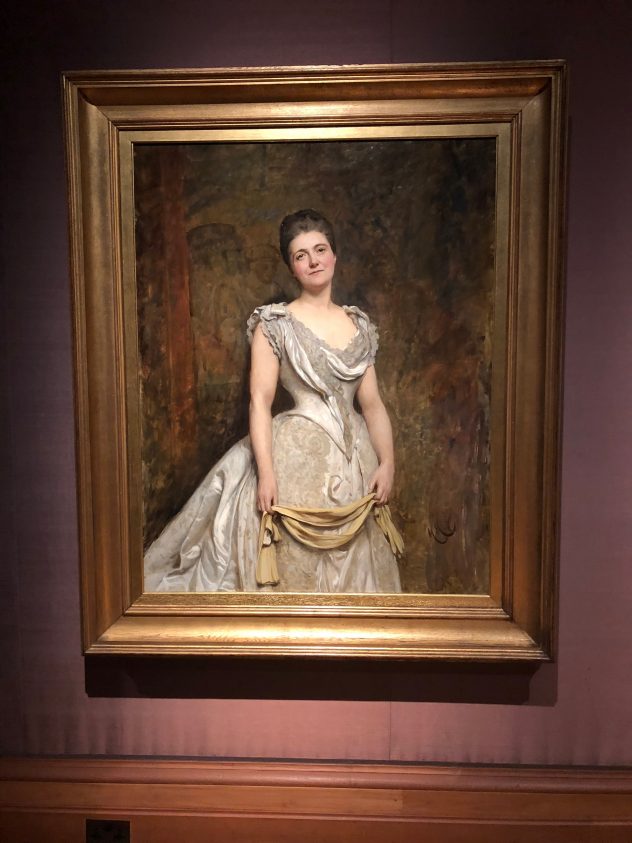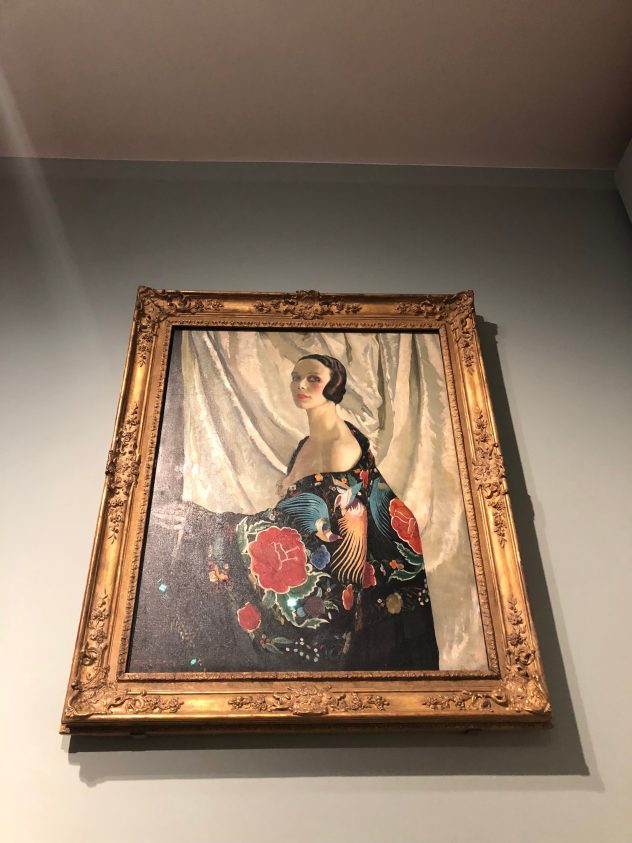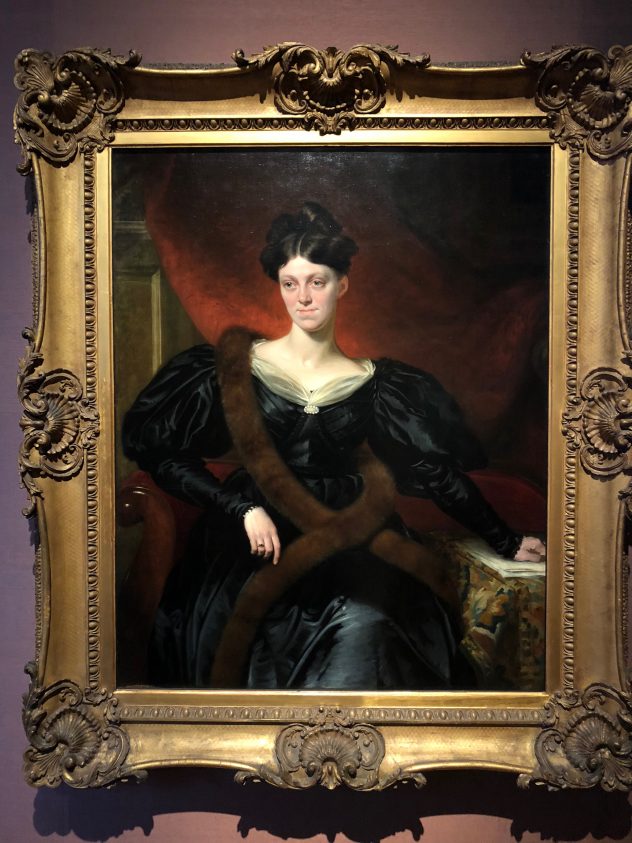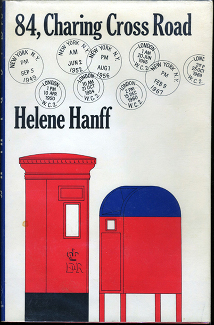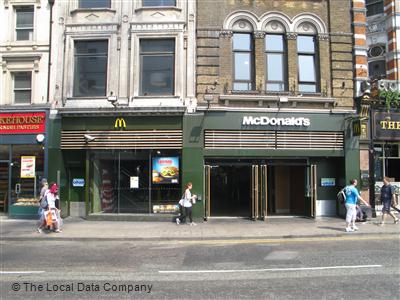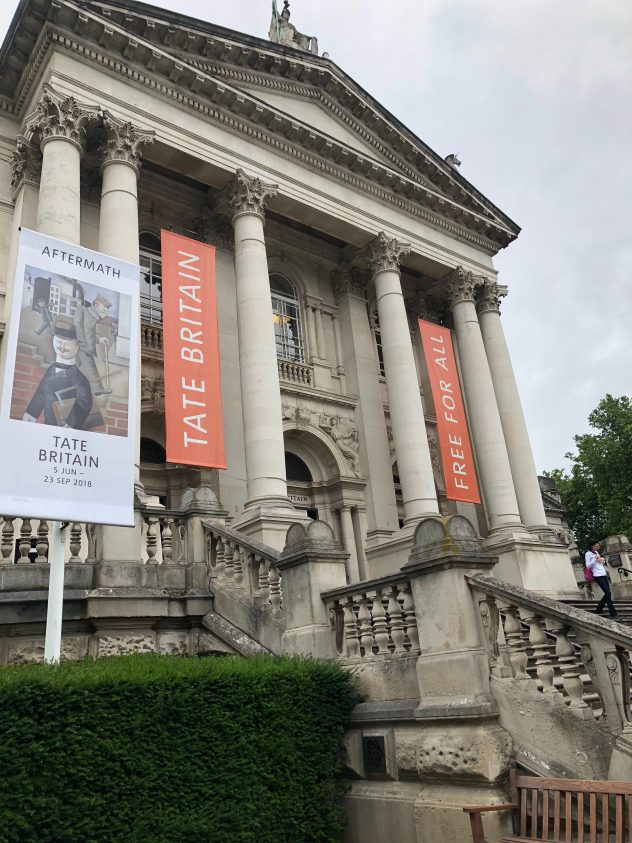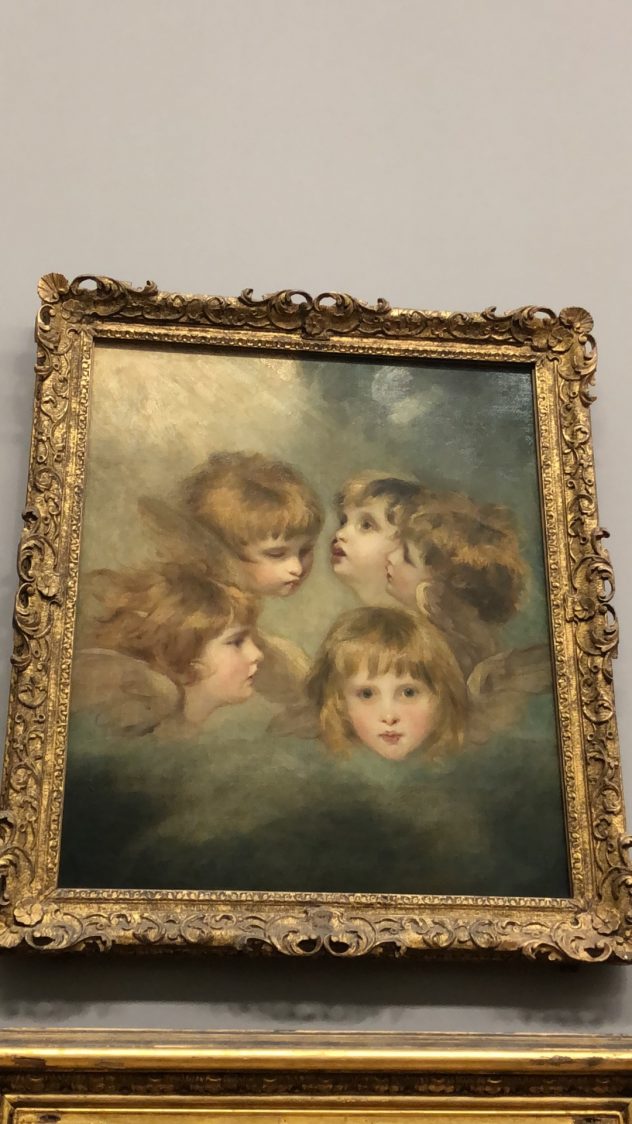
The Tate first opened to the public in 1897 and only had just one location that displayed a small collection of British artworks. Today we have four major sites and the national collection of British art from 1500 to the present day and international modern and contemporary art, which includes nearly 70,000 artworks.
In 1889, Henry Tate was an industrialist who had made his fortune as a sugar refiner. He offered his collection of British nineteenth-century art to the nation and provided funding for the first Tate Gallery. He was much interested in the pre-Raphaelitie artists and donated 65 paintings to the gallery.
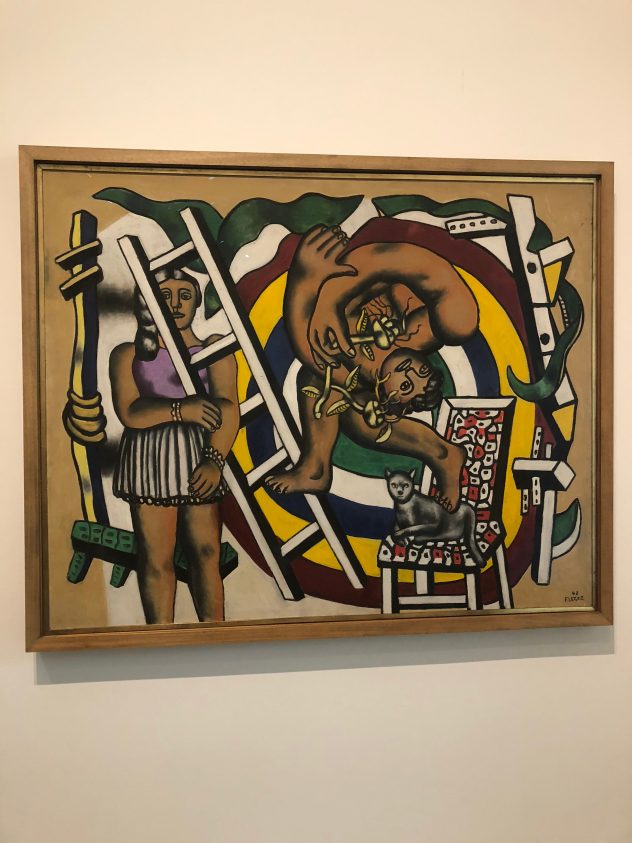
This oil painting is by Fernand Leger (1881-1955). He was born in France and was closely involved with the Peace Movement during the Cold War. Along with Picasso, they attended the Communist sponsored Peace Congress in Poland in August of 1948. He completed this painting right before the gathering and viewed the circus as a symbol of entertainment and the energy of modern life. The partner holding the ladder provides the stability for the energetic movement of the acrobat, said Leger. It stood out to me because of the colors and energetic energy of the subjects.
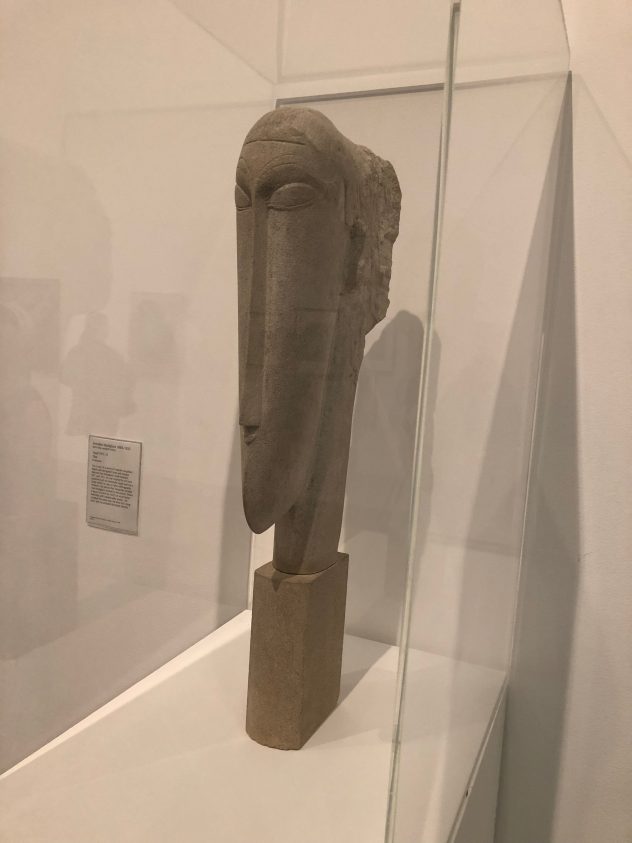
Amedeo Modigliani’s (1884-1920), who was born in Italy and worked and France, ‘Tete’ (head in French) was a series of simplified heads made with limestone with an elongated face and features. He made them between 1911-1913 and was inspired by art from Cambodia, Egypt and the Ivory Coast. His friend, Paul Alexandre said, “When a figure haunted his mind, he would draw feverishly with unbelievable speed…and sculpted the same way. he drew for a long time and then attacked the block directly.” That’s so interesting how he could be inspired so quickly and can finish a work of art.
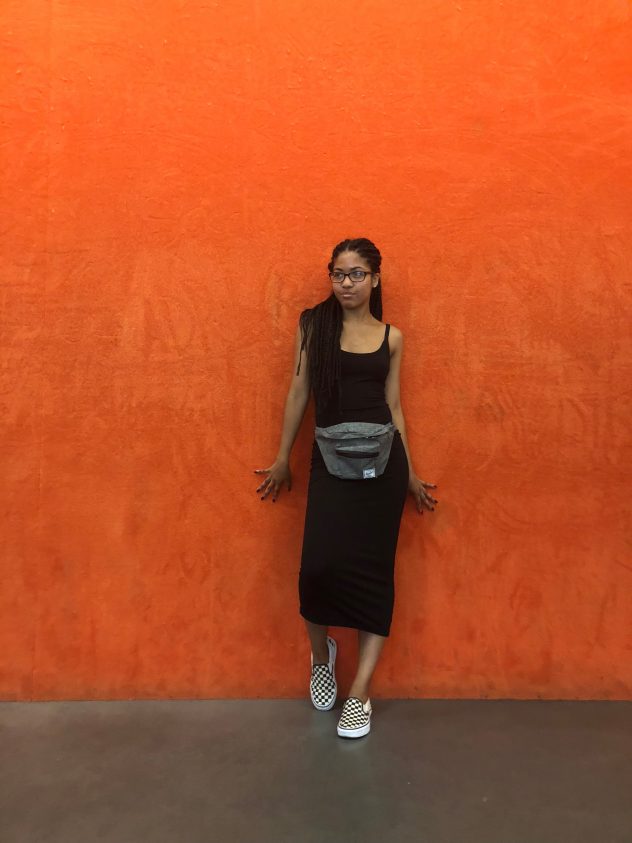
I liked Rudolf Stingel’s interactive carpet. It let the audience determine what design was on it creatively. The carpet is called ‘Untitled’ and is encouraged by the public to mould and sculpt their own design through the thick carpet.

This was by far my favorite display in Tate Modern. It was a tower of old school radios, each having a different broadcast going on at the same time. I loved this display because it shows an overload of information can cause the failed communication and a misread message, or no message at all.
Sources: http://www.tate.org.uk/about-us/history-tate
